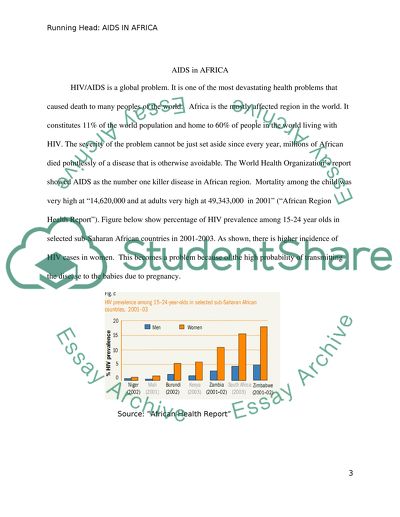Cite this document
(“AIDS in Africa Essay Example | Topics and Well Written Essays - 1500 words - 1”, n.d.)
AIDS in Africa Essay Example | Topics and Well Written Essays - 1500 words - 1. Retrieved from https://studentshare.org/sociology/1606249-aids-in-africa
AIDS in Africa Essay Example | Topics and Well Written Essays - 1500 words - 1. Retrieved from https://studentshare.org/sociology/1606249-aids-in-africa
(AIDS in Africa Essay Example | Topics and Well Written Essays - 1500 Words - 1)
AIDS in Africa Essay Example | Topics and Well Written Essays - 1500 Words - 1. https://studentshare.org/sociology/1606249-aids-in-africa.
AIDS in Africa Essay Example | Topics and Well Written Essays - 1500 Words - 1. https://studentshare.org/sociology/1606249-aids-in-africa.
“AIDS in Africa Essay Example | Topics and Well Written Essays - 1500 Words - 1”, n.d. https://studentshare.org/sociology/1606249-aids-in-africa.


